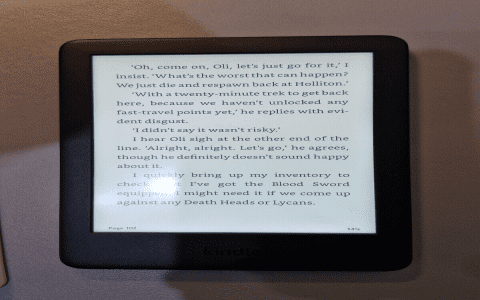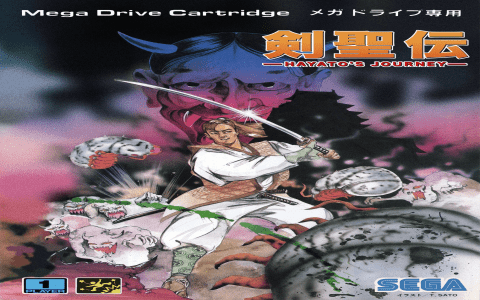If you ever feel your computer’s storage is getting a little too full, and you don’t know what’s taking up space, one thing you might want to check is those shadow copies. Now, don’t get scared by the name; it’s just a fancy term for backup copies your system creates when something changes. They’re used to restore files, or your whole system, if things go wrong. But sometimes, you don’t need all these copies taking up space, especially when everything’s working fine. So, how do you delete them? Let me tell you, it’s not too hard, but you gotta know what you’re doing. Here’s how you can do it.
What are Shadow Copies?


Before we dive in, let me explain what shadow copies are. These are basically backup snapshots that your computer makes when you change files or install stuff. It’s like if you were to write something down, and then made a copy of that paper in case it gets lost. It helps your system recover old files if you mess something up. But after a while, these copies can start eating up your space, especially if you’ve had your computer for a long time.
Can I Delete Shadow Copies?
Now, you might wonder if it’s safe to get rid of these shadow copies. Well, yes, it is safe! But only if you’re sure that your system’s doing okay and you don’t need to go back to those older versions of your files. If everything’s running smooth and you don’t need to restore anything, then there’s no harm in deleting them. If you’re still unsure, you might want to back up your important files just to be safe. Once you’re ready, let’s go ahead and get rid of them!
How to Delete Shadow Copies Using Vssadmin Command
One way to delete shadow copies is through a command called Vssadmin. Now, don’t get scared by the name—this is just a command you type into your computer’s command prompt to tell it to delete those copies. To do this, open up your command prompt as an administrator. You can do this by typing “cmd” into the search bar, right-clicking on Command Prompt, and choosing “Run as Administrator.” Once you’re in, type this command:
vssadmin delete shadows /allThis command tells your computer to delete all shadow copies. It’s quick and easy, but remember, it will get rid of all of them, so make sure you don’t need any of them before you do it. If you just want to delete a specific copy, you can use the command:
vssadmin delete shadows /shadow={ID}Just replace {ID} with the ID of the shadow copy you want to delete. You can find the ID by typing vssadmin list shadows in the command prompt.
Using Disk Cleanup to Delete Shadow Copies


If you don’t want to mess with commands, you can use the built-in Disk Cleanup tool in Windows 10 or 11. This tool’s nice and simple. All you gotta do is search for “Disk Cleanup” in the Start menu, and then run the tool. Once it’s open, click on the drive you want to clean up (usually your C: drive), and let it scan. After that, look for an option that says “System files” or “Clean up system files,” and select it.
Then, scroll down and look for “Previous Windows installations” or anything related to shadow copies. Select that, and hit “OK” to delete it. This method is nice if you don’t want to mess around with commands or get into too much detail.
When Should You Delete Shadow Copies?
You should delete shadow copies when you don’t need them anymore. If your system’s running fine, and you’re not worried about needing to recover an old file or previous version, then go ahead and free up that space. It’s especially helpful if your hard drive is getting full, and you need a little extra room. But remember, if you’re dealing with something important, like sensitive files or important system restore points, think twice before hitting that delete button.
What to Do If Shadow Copies Won’t Delete
Sometimes, though, you might run into trouble. For some reason, certain shadow copies just won’t delete, no matter what you try. If that happens, don’t worry too much. One thing you can try is to disable the Volume Shadow Copy Service (VSS). You can do this through the Services app by searching for “Services” in the Start menu, finding “Volume Shadow Copy,” and then right-clicking to stop it. Once it’s stopped, you should be able to delete those stubborn copies.
If that doesn’t work, you might need to do a system scan or check for any errors on your disk. Sometimes, the system just needs a little nudge to get everything back in order.
Conclusion


So, there you have it! Deleting shadow copies is a good way to free up space on your computer, especially if you don’t need those old backup files. Just make sure you’re sure you don’t need to recover anything from them before you get rid of them. Whether you use the Vssadmin command or Disk Cleanup, the choice is yours. Just remember, it’s a safe process as long as you’re careful. Don’t be afraid to clean up your system now and then, it’ll keep things running smooth!
Tags:[Delete Shadow Copies, VSS, Vssadmin Command, Disk Cleanup, Windows 10, Windows 11, Free Up Space, Shadow Copies, Backup Files, System Restore]



